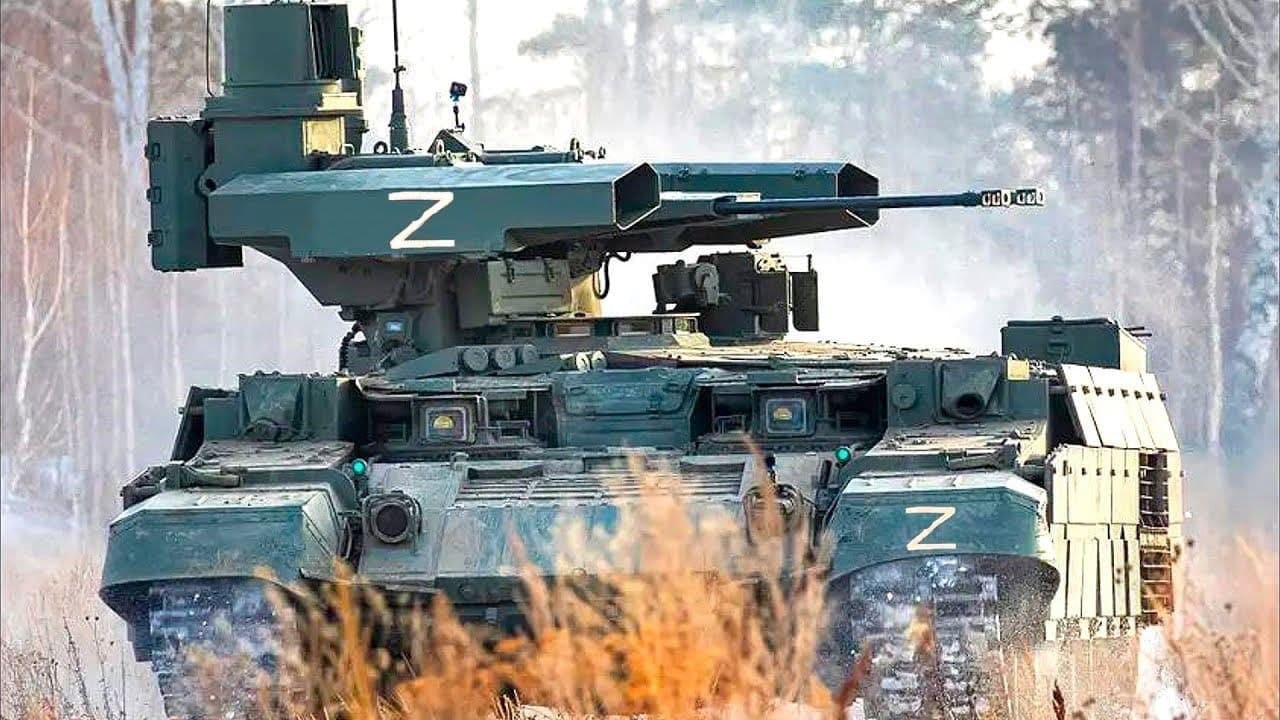Robert Farley

Questions about whether and how the international community should push Ukraine and Russia into negotiations have thus far been vague as to the structure of negotiations. Wars of territorial conquest have become rare.
It is even less common for nuclear powers to find themselves in situations of conventional vulnerability relative to the victims they’ve determined to invade. But peace conferences are extraordinarily complex affairs, and it’s worth thinking about some of the negotiating models available to us for ending the conflict.
The Vietnam War and the Paris Peace Accords
The Paris Peace Accords, resulting from several years of negotiation between the United States, North Vietnam, South Vietnam, and the Communist resistance within South Vietnam, bear some superficial resemblance to the situation in Ukraine.
The United States sought to extricate itself from Vietnam while ensuring the sovereignty of its client. This isn’t a perfect analogy for the Russia-Ukraine War, but there are certainly echoes; the US wants the war to end but wants to ensure that Ukraine remains sovereign and independent, while Russia wants to sharply limit Ukrainian sovereignty while annexing Ukrainian territory.
Talks eventually resulted in a US withdrawal, although not without interludes of tremendous violence on all sides. Much of this violence came out of a desire to alter the terms of negotiations, although some (the Christmas Bombing of Hanoi) was part of an effort to reassure the Saigon government that it was not being abandoned. In effect, however, the Paris Peace Accords did not end the war in Vietnam, they merely limited the US role in that war. The war continued for three more years at varying levels of intensity before North Vietnam conquered and destroyed South Vietnam with a massive mechanized invasion.
In short, the Paris Peace Accords are a fine model for negotiation if the intention of the United States is to create a decent and politically comfortable interval between a ceasefire and a Ukrainian defeat. It is not likely that Russia would wipe Ukraine off the face of the map, and it might even be possible to avoid another war depending on how rapidly Kyiv acquiesced to Russian demands, but the point would be to extricate the West from the situation and concede Ukraine to the Russian sphere of influence. While there are certainly some Americans who would be happy with this outcome, it runs counter to existing US policy.
The Collapse of Yugoslavia and the Dayton Accords
The Dayton Peace Accords offer a different but still problematic model.
Presided over by Richard Holbrooke in Dayton, Ohio (a venue selected for its lack of nightlife or pretty much anything interesting) in late 1995, the Dayton negotiating sessions attempted to end the war in Bosnia-Herzegovina by creating a new constitutional order with carefully designed ethnic boundaries. Each of the players wanted terrain, but did not want that terrain inhabited by a different ethnic group.
This led to ethnic cleansing on all sides, with Serb destruction of Bosnian Muslim communities representing some of the most horrific atrocities seen in Europe since World War II.
US power undergirded the Dayton Accords, demonstrated in a very concrete way by the aircraft taking off from Wright-Patterson Air Force Base. Each of the three parties understood that the United States could apply the squeeze if it didn’t like the outcome, although for each the squeeze was a little bit different.
The Americans could threaten the Serbs (and to a lesser extent the Croats) with airstrikes if they didn’t play ball, and the Bosnians (and to a lesser extent the Croats) with a suspension of aid if they put up too much resistance. After about a month of tense negotiations the leaders reached a tense agreement that has (mostly) kept the peace in Bosnia for the last twenty-seven years.
Theoretically, the Dayton model could offer a template for helping Russia and Ukraine sort through the complex communal and territorial issues associated with Donbas and Luhansk. In practice, the leverage of the United States (or any third party mediator) is starkly limited by the inability to forcefully coerce Russia into concessions.
Moreover, both Russia and Ukraine appear indifferent to the ethnic considerations that structured preferences for the participants in the Wars of Yugoslav Dissolution. The idea that Russian territorial gains could be negotiated away, thus, seems quite difficult to imagine.
What’s Next?
Negotiations aren’t magic. They require careful preparation and can only succeed under favorable underlying circumstances. Often negotiations that succeed in curtailing a conflict for a time simply set the stage for a more serious conflict later. Advocates of forcing Ukraine into negotiations with Russia before the time for those negotiations is ripe need to answer difficult questions about the structure of and expectations from any such talks. We should also take care to condition expectations that even successful negotiation outcomes can be reached quickly. Dayton lasted a month but it was the endpoint of a process that had begun three years before. The process that led to the Paris Peace Accords took almost five years, during which the war continued to rage. It is absolutely NOT the case that wars are ended simply by putting the parties in the same room and getting them to talk.
No comments:
Post a Comment